Category: Mexico
-
The 1930s Crisis in the Church in Mexico
The history of the Church around the world is still a developing field and while Mexico is one of the countries that has received attention, Fernando Gomez‘s A Documentary History of the Church of Jesus Christ of Latter-Day Saints in Mexico, 1875-1946 shows that there is still more to learn and discover about the history of…
-
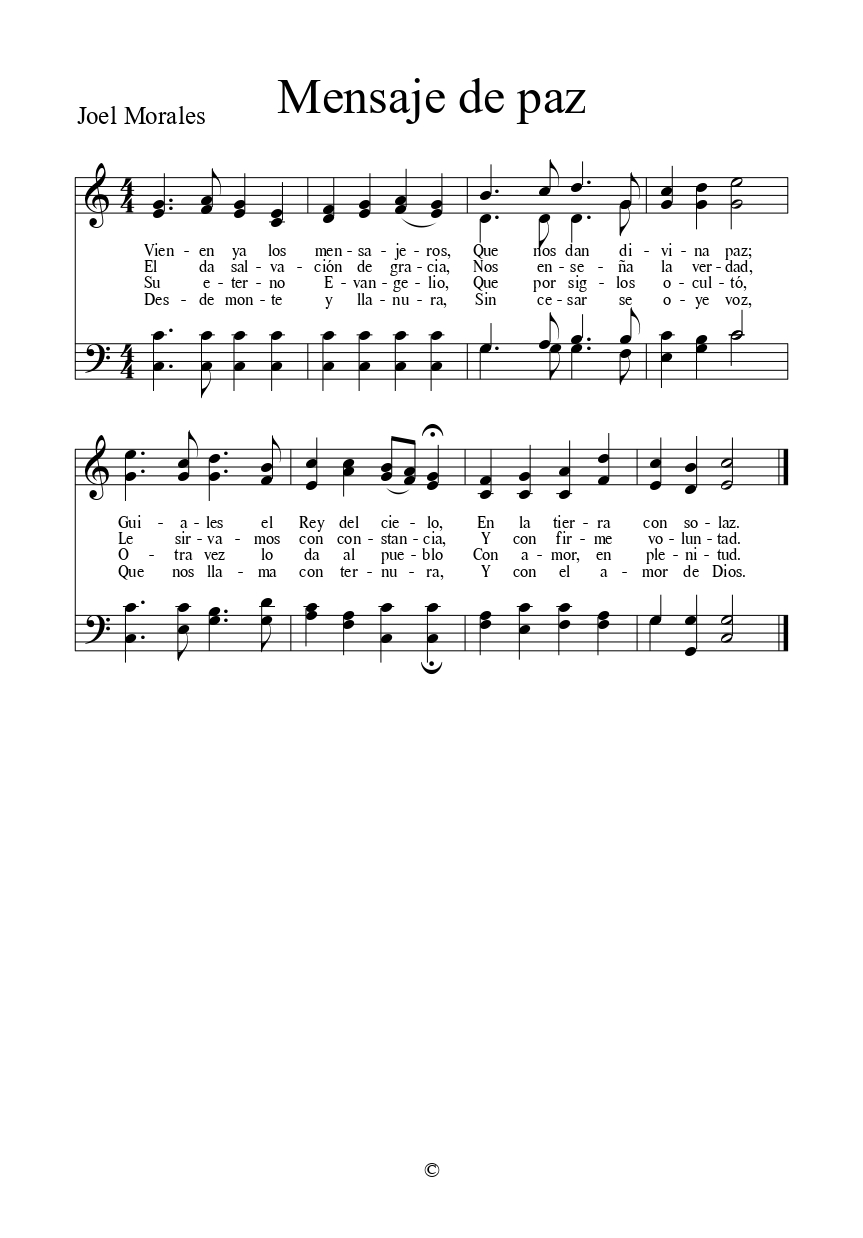
“Mensaje de paz”
“Mensaje de paz” by Joel Morales is notable as being the song that was sung when Elder Melvin J. Ballard and then-ambassador J. Reuben Clark, Jr. visited with the Latter-day Saints in Mexico in 1932. Morales is also the author of “La Proclamación” and “Final.”
-
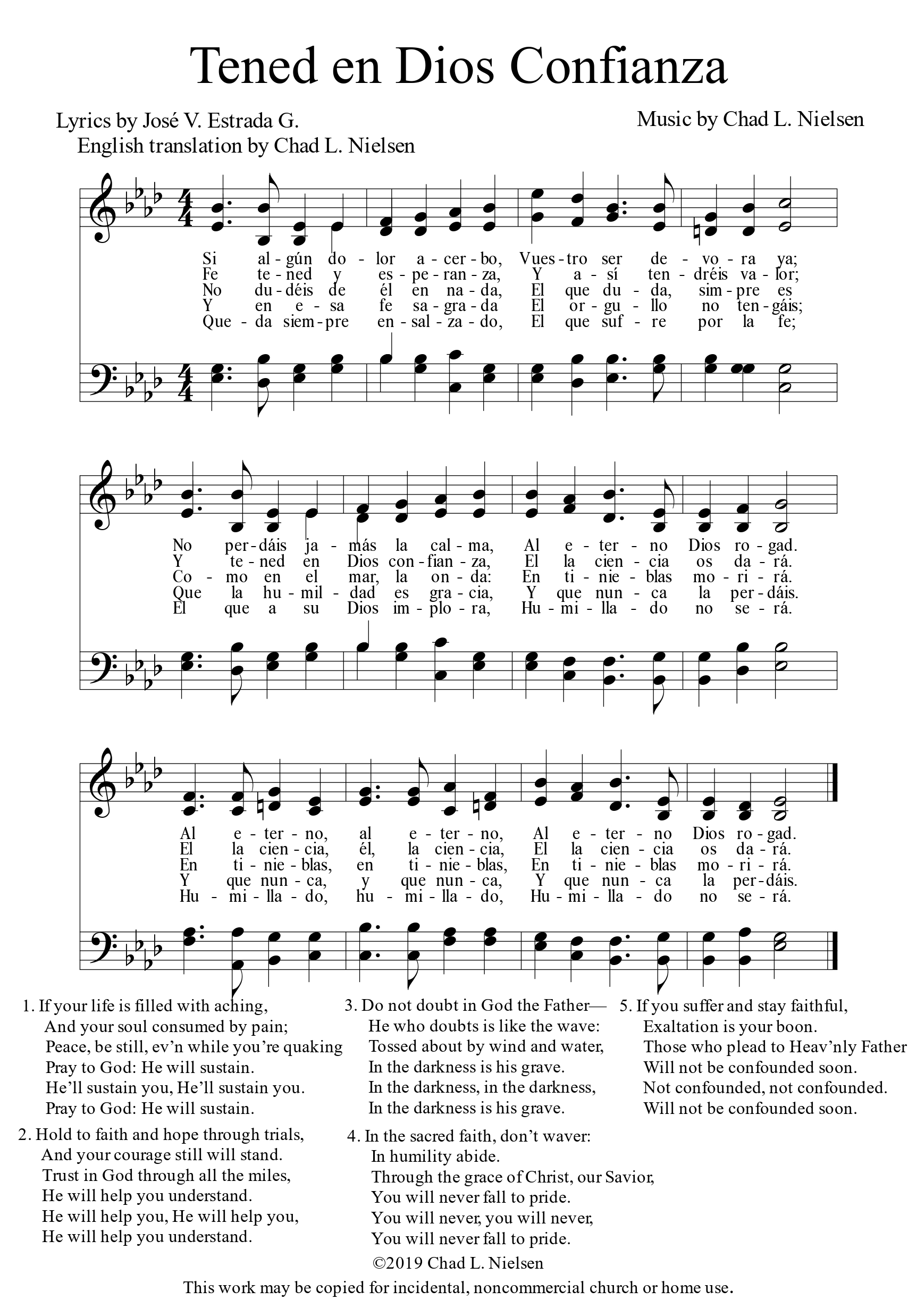
“Tened en Dios Confianza”
I have not been able to find out much about “Tened en dios confianza,” nor about its author, José V. Estrada G. On a more personal note, however, this was the first hymn that I worked with when I started contemplating the Mexican Mission Hymns Project around six years ago. The original music for the…
-
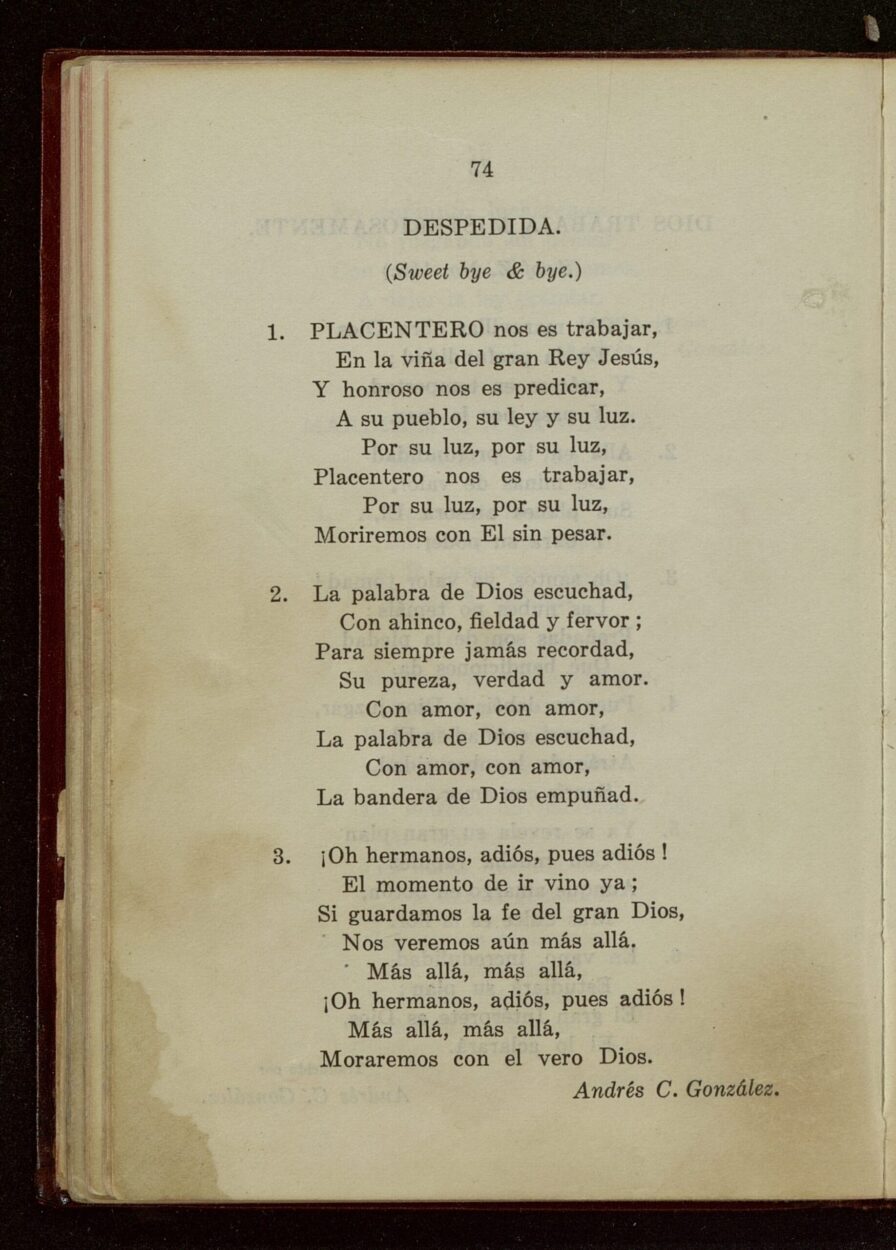
“Placentero nos es trabajar”
“Placentero nos es trabajar” or “Despedida” is one of the more popular hymns that is included in Latter-day Saint hymn books, written by a Latter-day Saint, but not in the English hymnal at this time. Hence, I’ve been consistent in pointing it out as a likely candidate for inclusion in the forthcoming hymnal. While I’ve…
-

Mormonism in Mexico, Part 21: Maya
As the Church became strongly established in Mexico, it spread from the historic epicenters in Mexico City and the northern colonies to reach across the full country—including among the Maya peoples of southern Mexico.
-
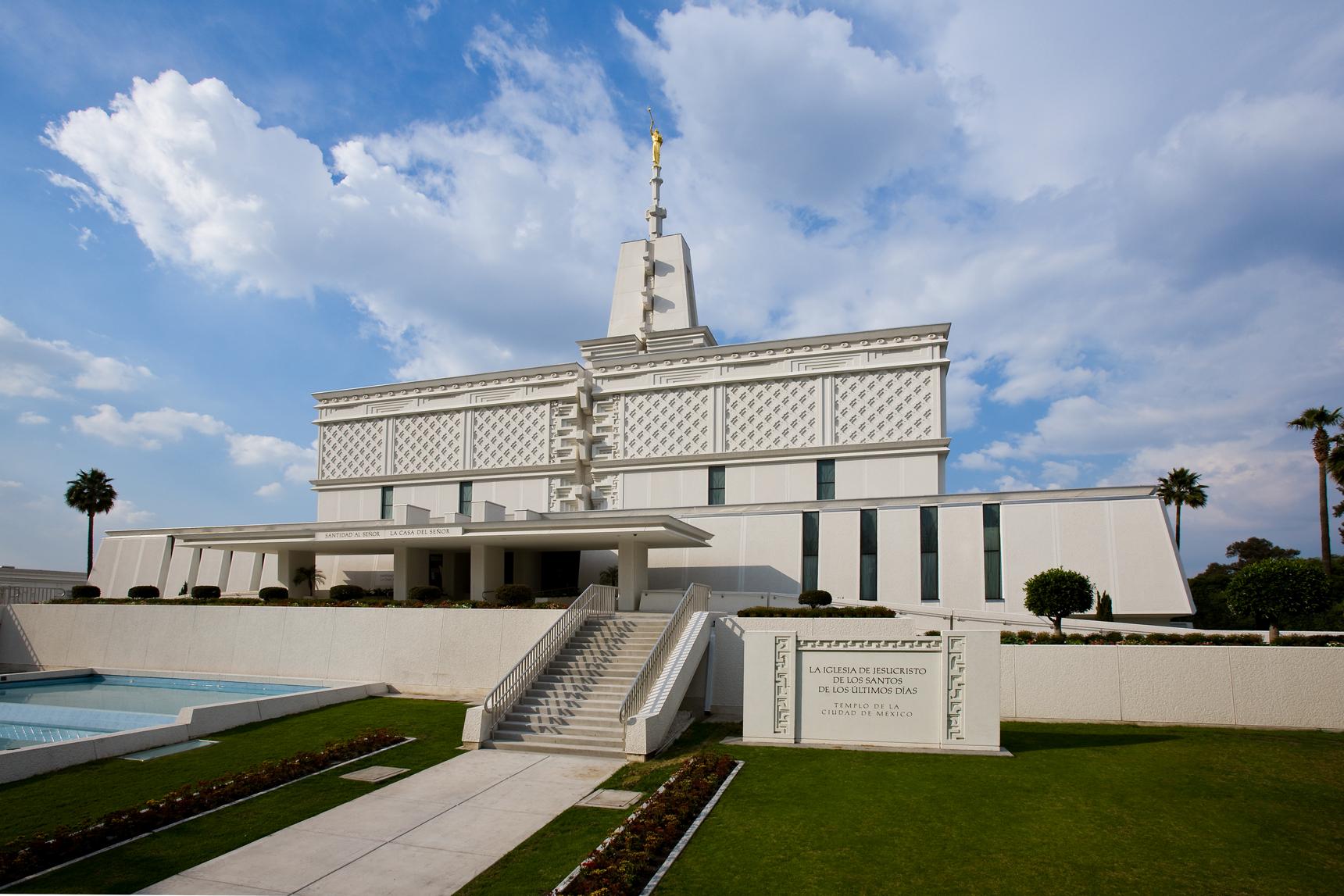
Mormonism in Mexico, Part 20: Stakes and Temples
The Third Convention was reunited to The Church of Jesus Christ of Latter-day Saints in part due to the observation that stakes with local leadership and local temples would come only as the schism healed and the Church continued to become stronger in Mexico. It took some time, but stakes and temples did come.
-
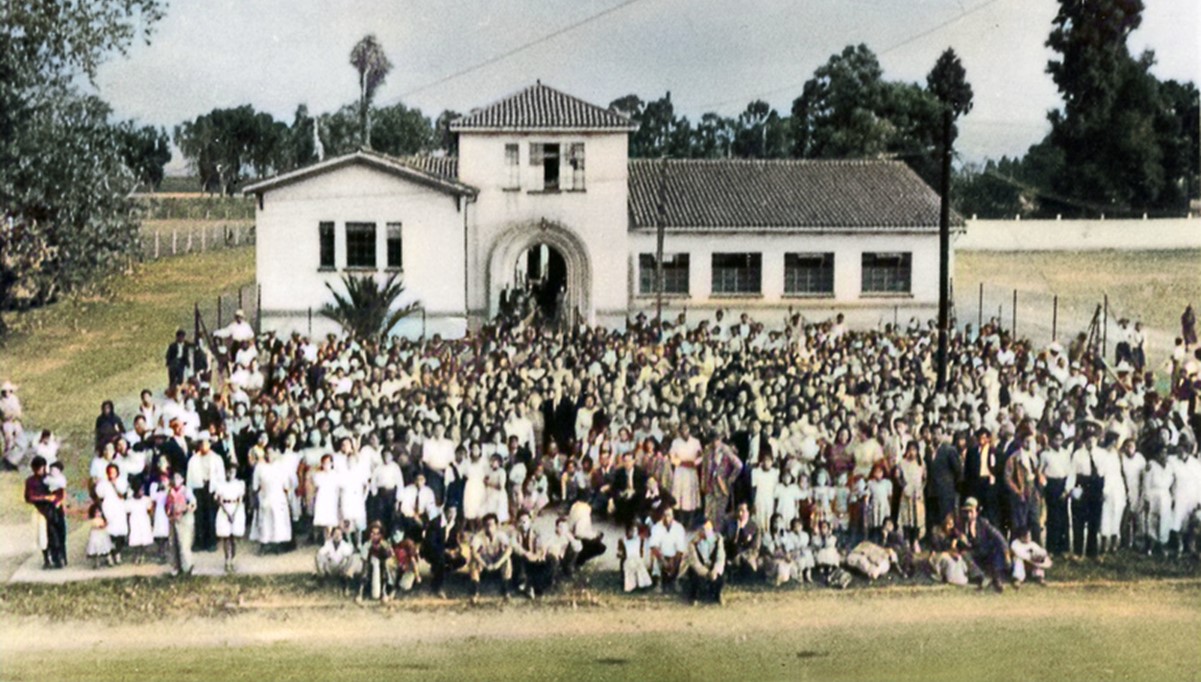
Mormonism in Mexico, Part 19: The Third Convention
Events conspired to create a schism in the Church in Mexico, but eventually the Third Convention group that had split reunited with the Church.
-
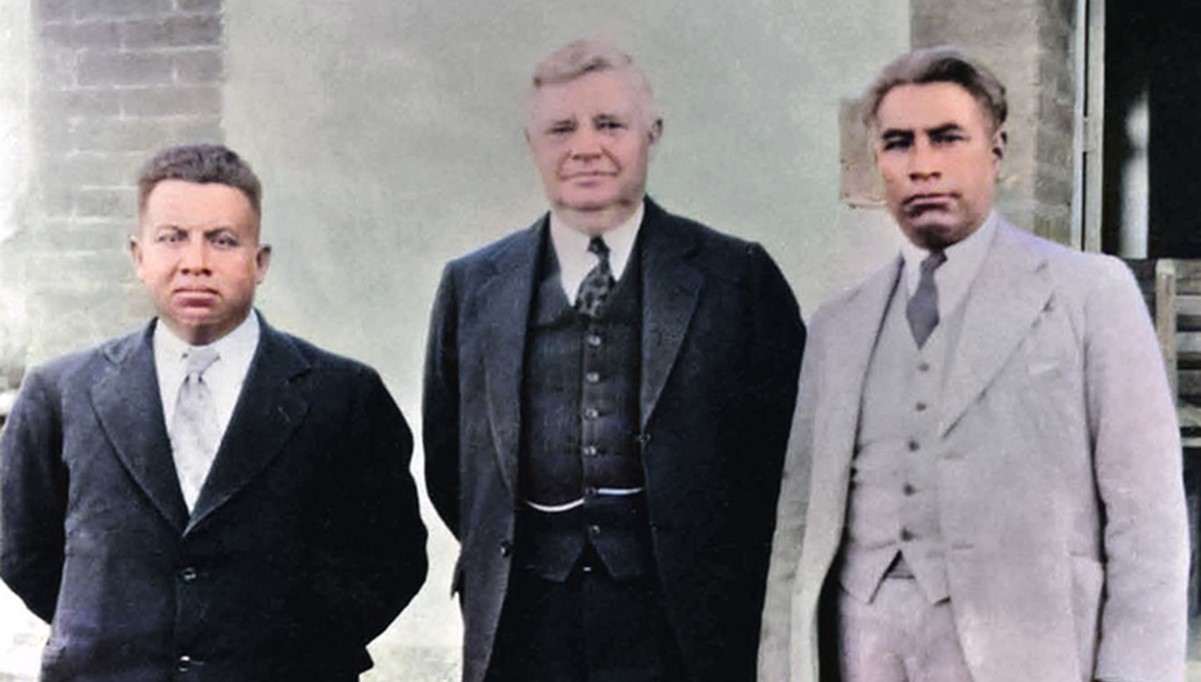
Mormonism in Mexico, Part 18: The First Two Conventions
Despite dealing with isolation and neglect, Latter-day Saints in Mexico continued to function and serve well. But eventually, things reached a breaking point.
-
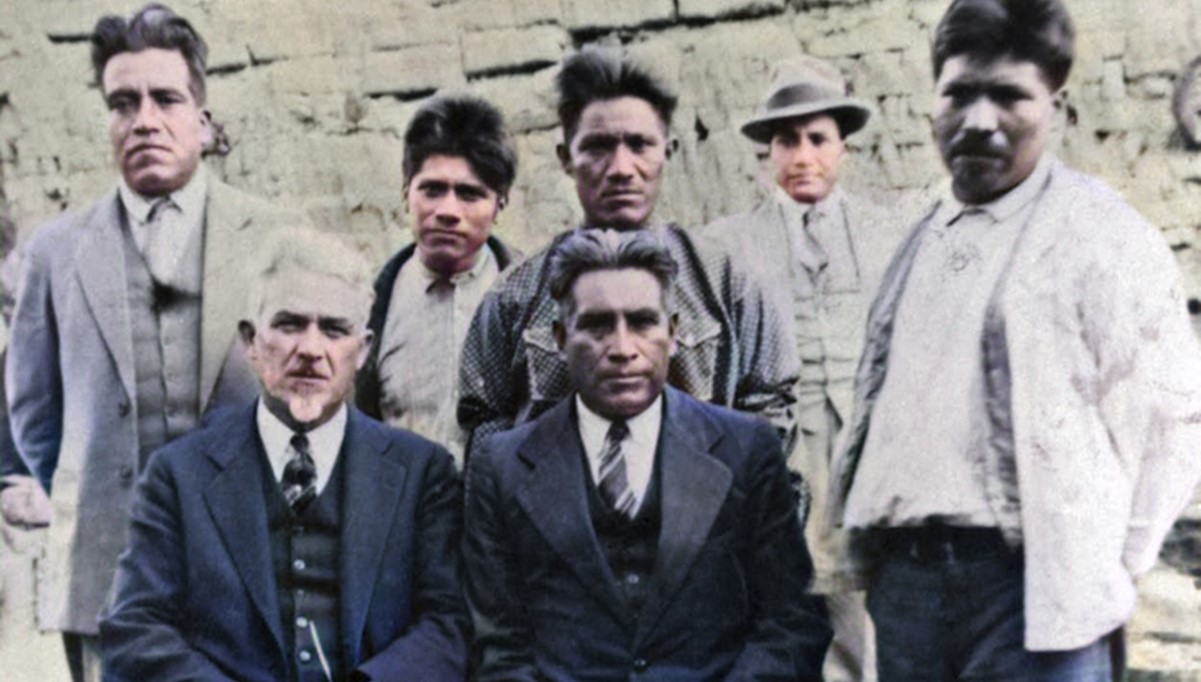
Mormonism in Mexico, Part 17: Sans Anglo-American Leadership
While Mexico had stabilized from the Revolution, the 1920s saw continuing strains for The Church of Jesus Christ of Latter-day Saints in Mexico.
-

Mormonism in Mexico, Part 16: Colonial Decimation
The Latter-day Saint colonies in Mexico were becoming successful after years of effort. But the Mexican Revolution changed them forever.
-
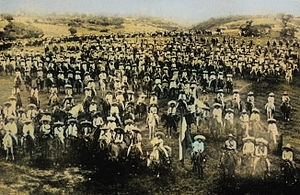
Mormonism in Mexico, Part 15: War
The Mexican Revolution impacted every Mexican, and that included the Mexican Latter-day Saints, some of whom did their best to stay out of the conflict, some of whom became casualties of war, and some of whom joined in the revolution.
-
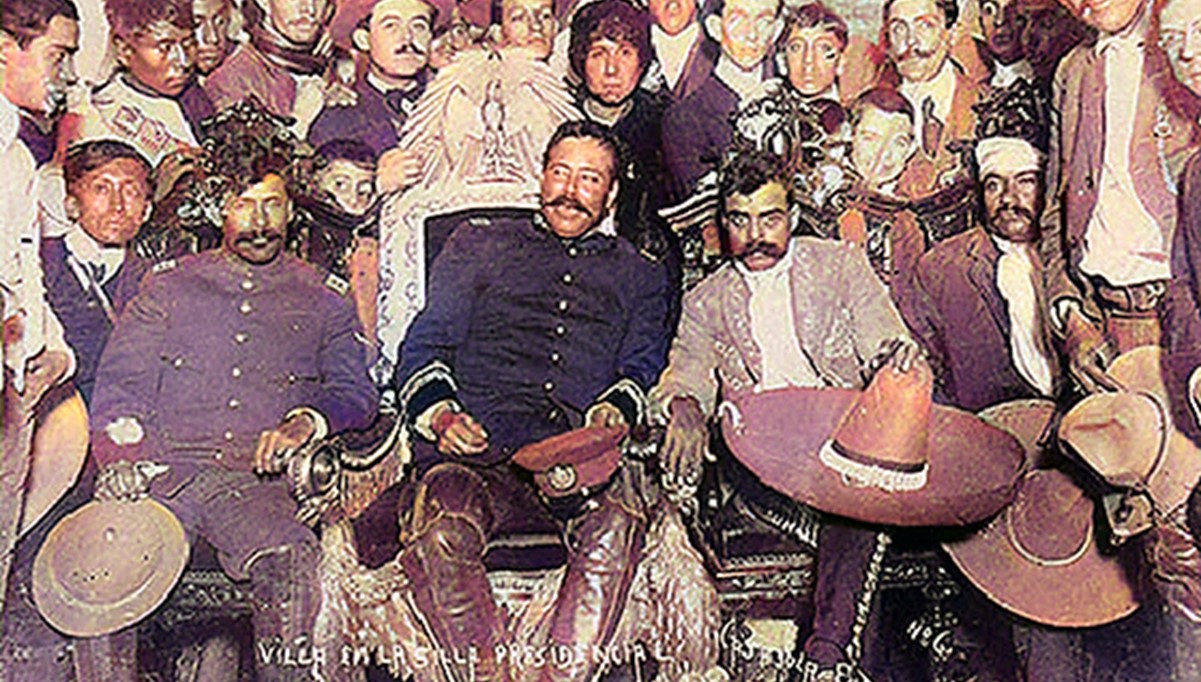
Mormonism in Mexico, Part 14: Revolution
The Mexican Revolution was a decade of terrible destruction that brought a wave of changes to the Church in Mexico.
-

Mormonism in Mexico, Part 13: A Mission Revived
The closure of the mission in Mexico in 1889 led to an 12-year gap in the presence of missionaries and official church leadership in central Mexico. Ammon Tenney worked to restart the mission, connecting with the Latter-day Saints who were effectively abandoned and beginning new efforts at proselytizing.
-

Mormonism in Mexico, Part 12: Bautista’s Lamanites
While efforts to gather converts from central Mexico failed and the mission in central Mexico closed, there would still be future successes. Among the earliest converts in the 20th century in Mexico, the Bautista family would go on to have an impact on the Church for years to come, including the development of an indigenous-affirming…
-

Mormonism in Mexico, Part 11: The Gathering
An attempt to found a colony of Mexican converts in the north didn’t end up going as well as anyone had hoped, to disastrous results.
-
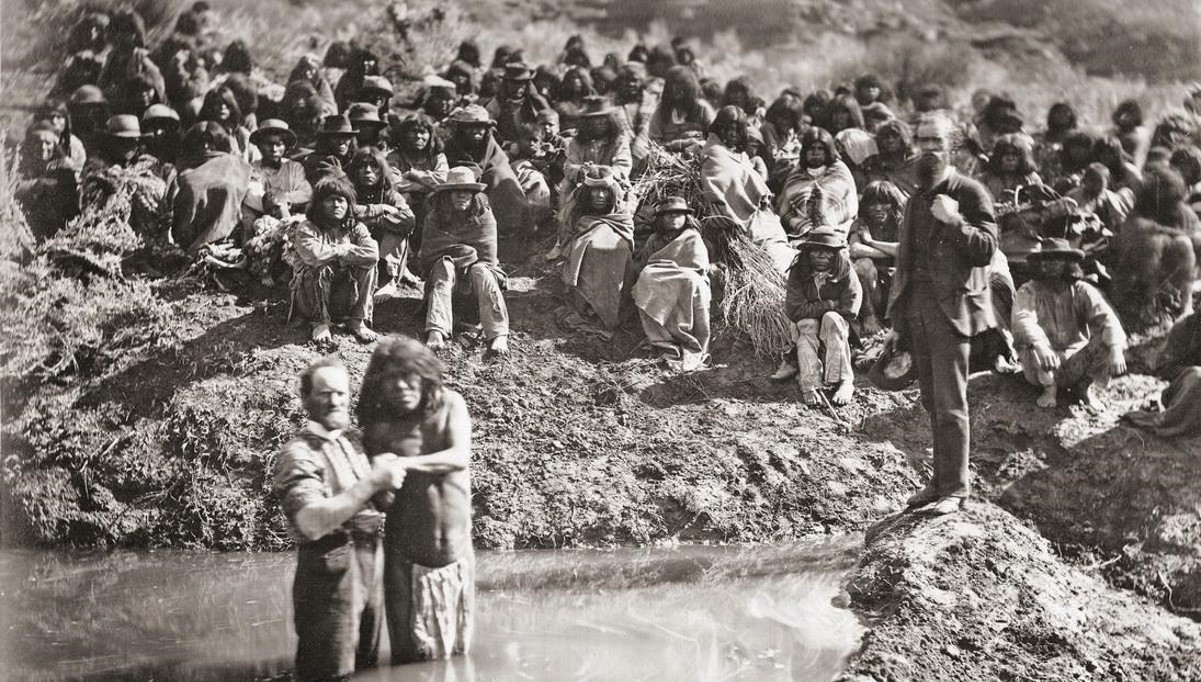
Mormonism in Mexico, Part 10: Lamanites
A lot of early missionary work in Mexico was driven by an understanding that the missionaries were preaching to Lamanites. But being considered a Lamanite can be both a blessing and a curse.
-
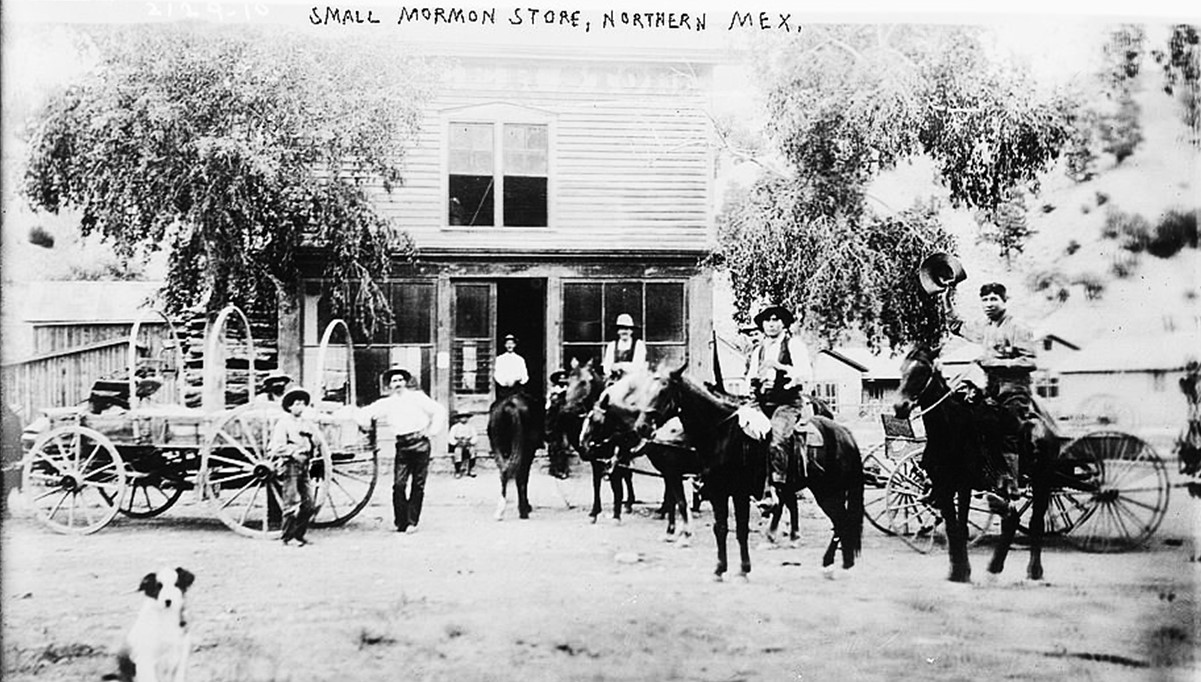
Mormonism in Mexico, Part 9: Persisting Polygamy
As a haven established to practice polygamy, the colonies in northern Mexico played a role in plural marriage persisting in the Church into the 20th century.
-
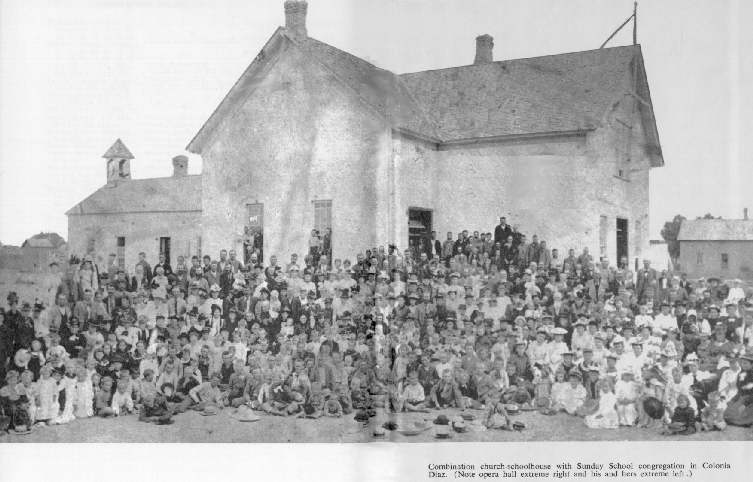
Mormonism in Mexico, Part 8: Colonization
One of the important aspects of the Church’s presence in Mexico was the establishment of colonies in the far north. Intended as refuges against anti-polygamy legislation and persecution, the colonies were a constellation of settlements that proved successful for many years and, in some cases, still continue to exist to this day.
-
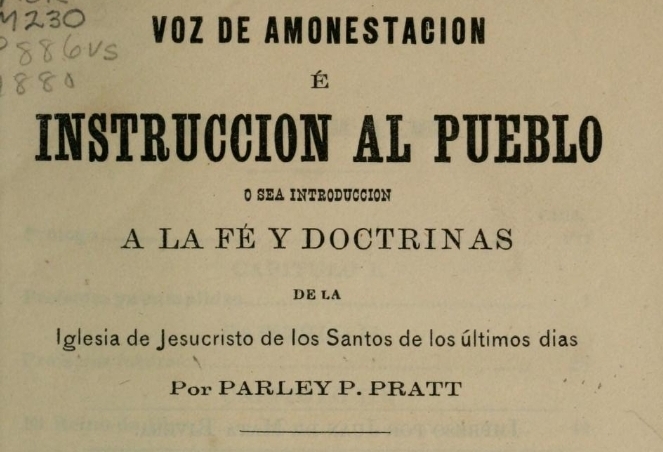
Mormonism in Mexico, Part 6: Voz de amonestación
The first two years of missionary work in central Mexico brought some long-standing successes, such as the conversion of Desideria Quintanar de Yáñez and her family, and some frustrating failures, as was the case with Plotino C. Rhodakanaty.
-
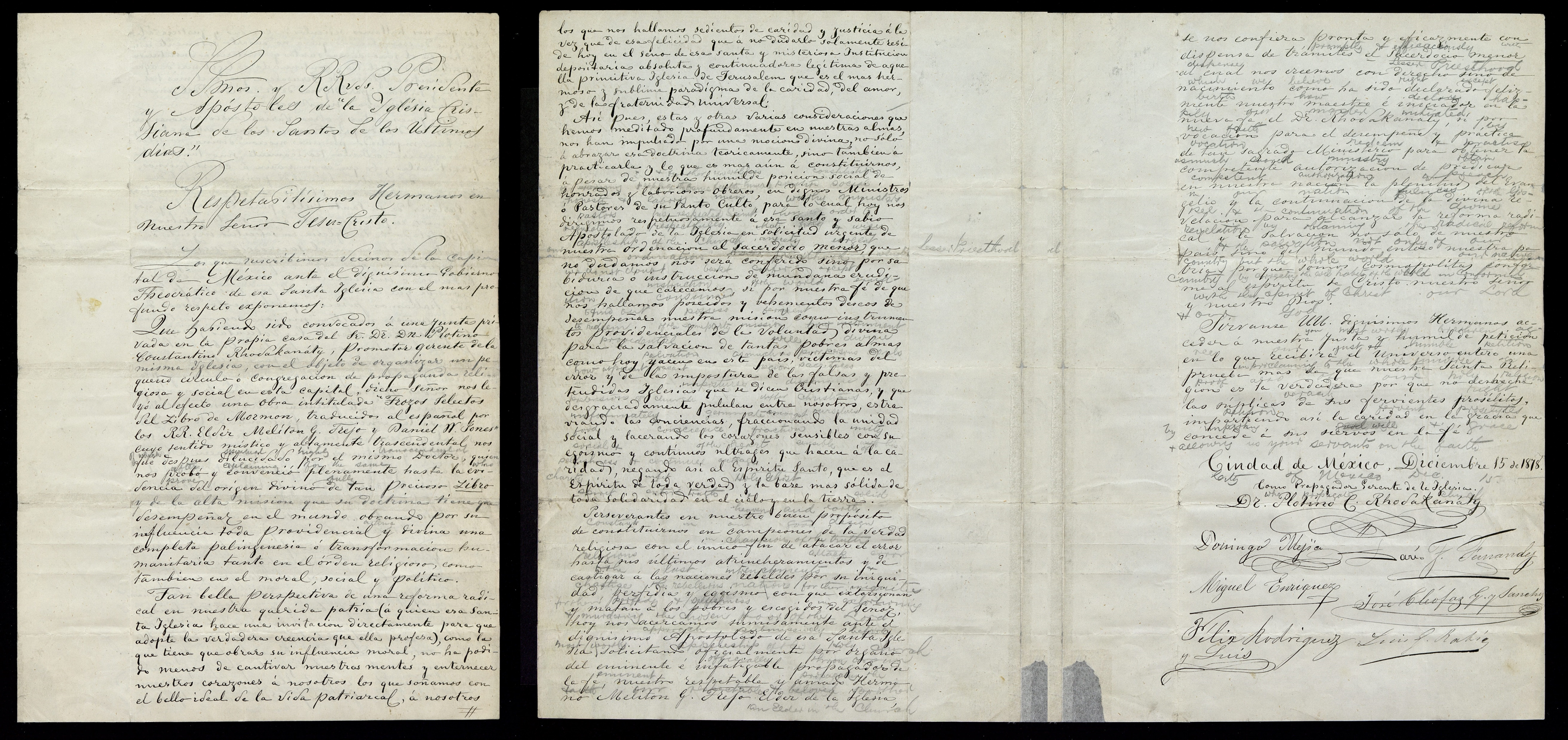
Mormonism in Mexico, Part 5: Thanks to Plotino
In the Church of Jesus Christ of Latter-day Saints post-WWII, the statement that a socialist and anarchist was largely responsible for initiating missionary work in the country that is home to the second-largest community of Latter-day Saints is unexpected. Yet, that is exactly what happened in Mexico thanks to Plotino Constantino Rhodakanaty and his associates.
-
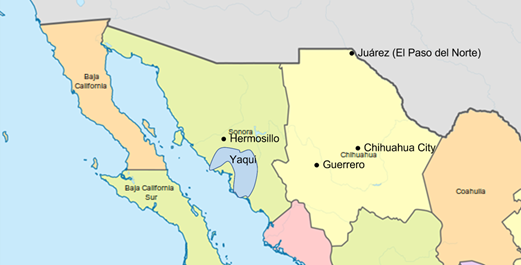
Mormonism in Mexico, Part 4: Look out for places where our brethren could go
It seems that in times of trouble, the early Latter-day Saints looked towards Mexico for refuge.
-

Mormonism in Mexico, Part 3: A few things that needed to happen
Elder Parley P. Pratt’s mission to Chile highlighted a few things that needed to happen in order to successfully establish missions in Spanish-speaking countries.
-
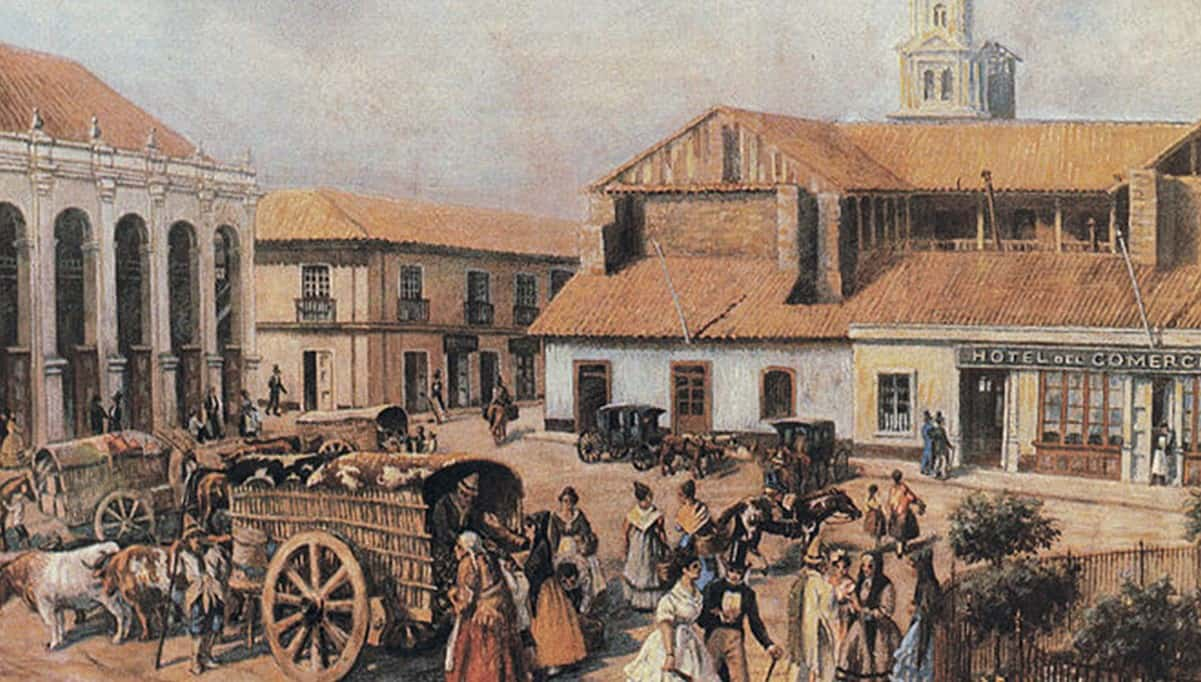
Mormonism in Mexico, Part 2: To the Islands or to Chile
The first attempt to proselyte to Spanish-speaking peoples was not directed at Mexico, but was aimed at Chile instead.
-
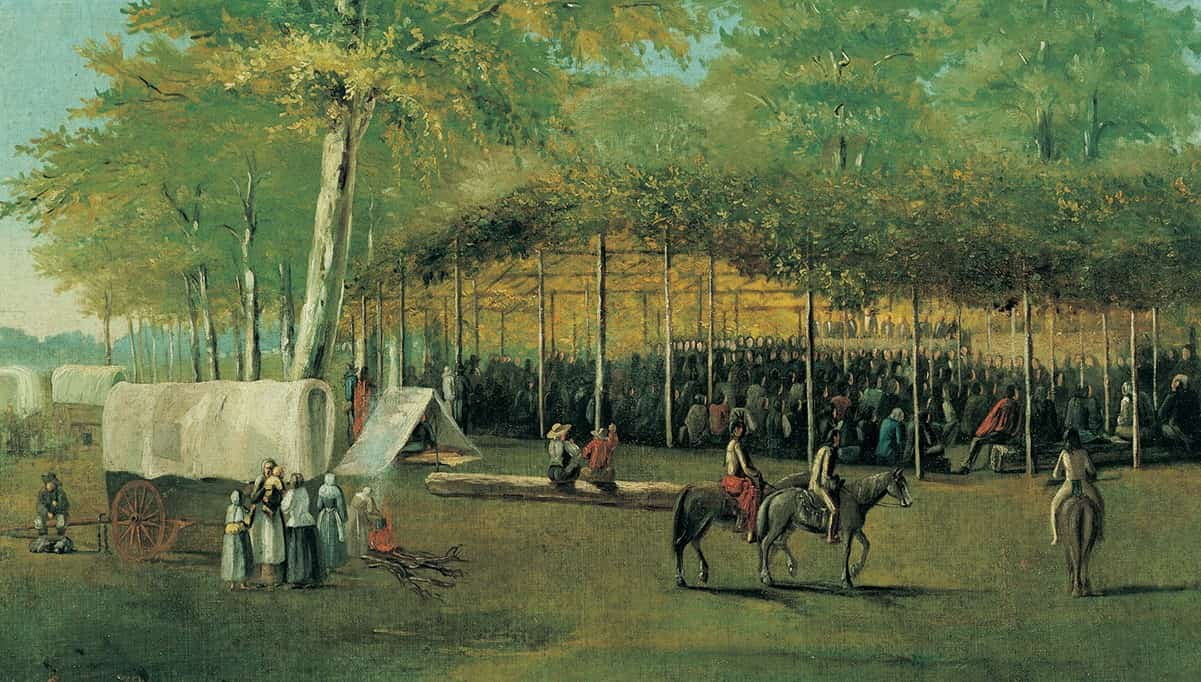
Mormonism in Mexico, Part 1: Westward to Mexico
It’s time to return to the Mexican Mission Hymns project, with a slight change. Instead of running hymn translations and the brief history discussions together, they will be separate posts moving forward. To do this properly, the previous history segments are going to be rerun as their own posts, starting with this one.
-
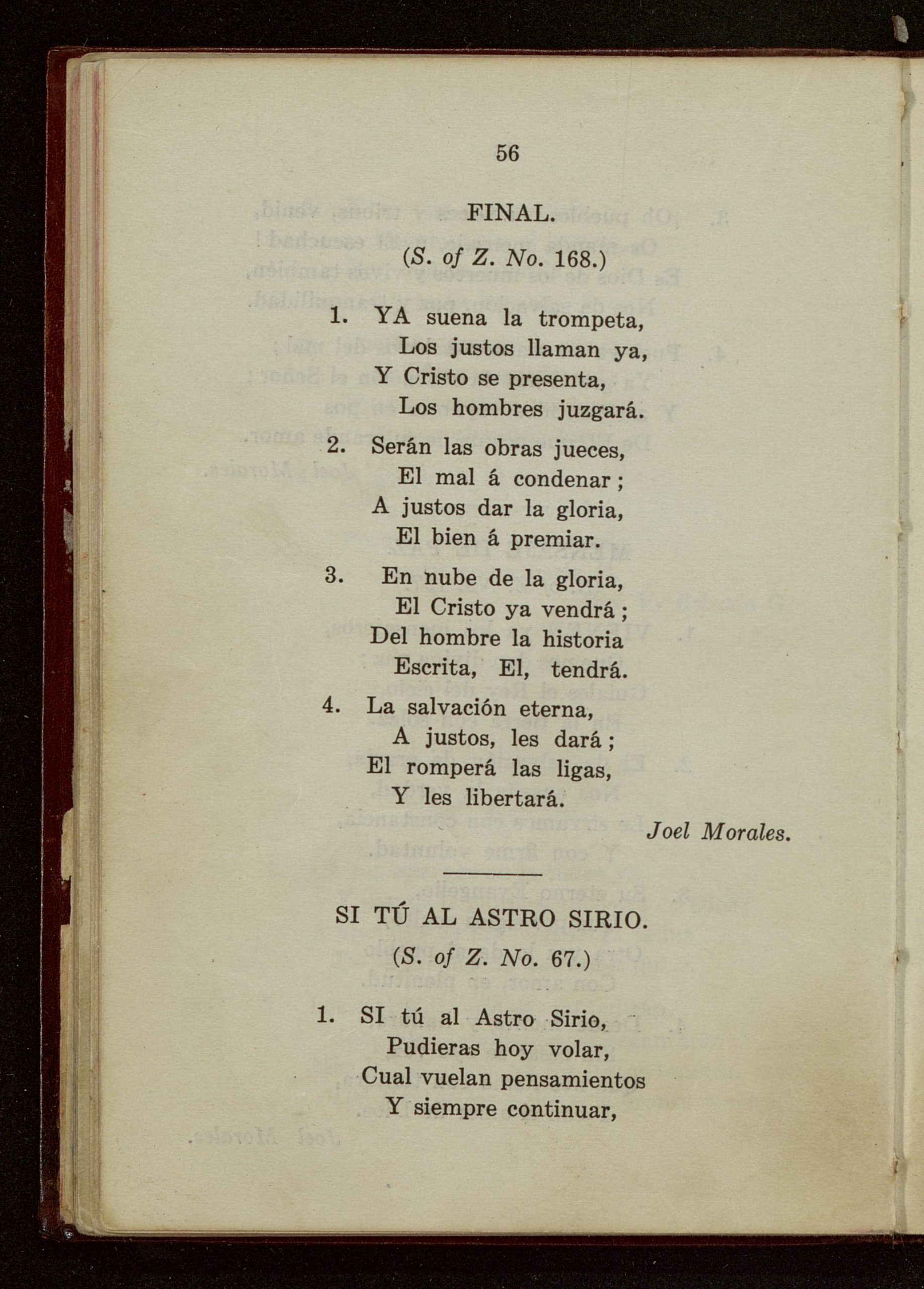
“Final”, Mexican Mission Hymns, Part 9
“Our Savior, Jesus Christ, understands our pains and our afflictions. He wants to ease our burdens and comfort us.”[1] ~Moisés Villanueva Note: This is a part of an ongoing series, the Mexico Mission Hymns Project. Hymn Text: “Final”, by Joel Morales was included in the Spanish hymnals from 1912 – 1992. The 1912 hymnal indicates…
-
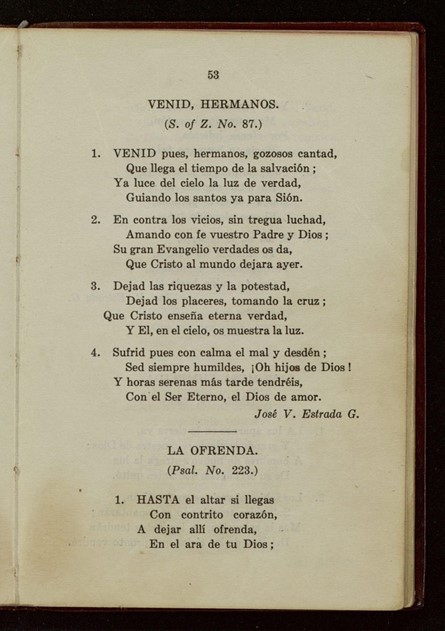
“Venid, Hermanos”: Mexican Mission Hymns, Part 8
To the degree that members of the Church live the gospel and follow the counsel of the prophets, they will, little by little and even without noticing it, become sanctified. Humble members of the Church who conduct daily family prayer and scripture study, engage in family history, and consecrate their time to worship in the…
-
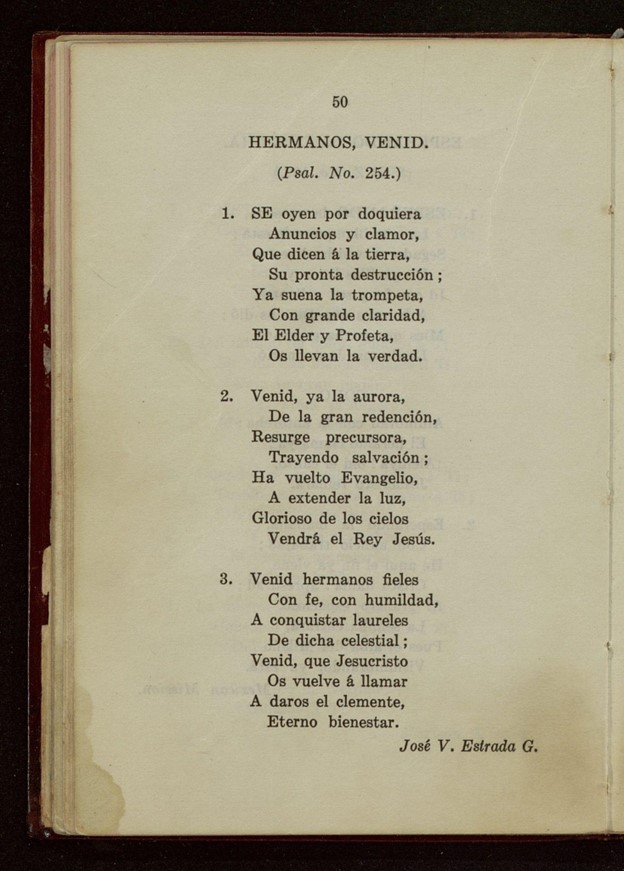
“Hermanos, Venid”: Mexican Mission Hymns, Part 7
Problems form an important part of our lives. They are placed in our path for us to overcome them, not to be overcome by them. We must master them, not let them master us. Every time we overcome a challenge, we grow in experience, in self-assuredness, and in faith.[1] ~Horacio A. Tenorio Note: This is…
-
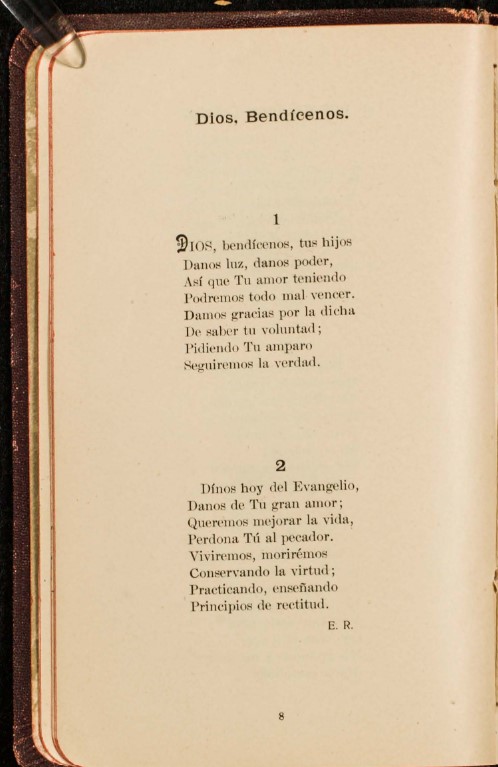
Dios, bendícenos: Mexican Mission Hymns, Part 6
LNote: This is a part of an ongoing series. To start at the introduction, follow the link here. Hymn Text: “Dios, bendícenos”, by Edmund Richardson, is an interesting example of a hymn where it’s not clear if it’s meant to be an original text, a translation of an existing hymn, or something in between. It…
-
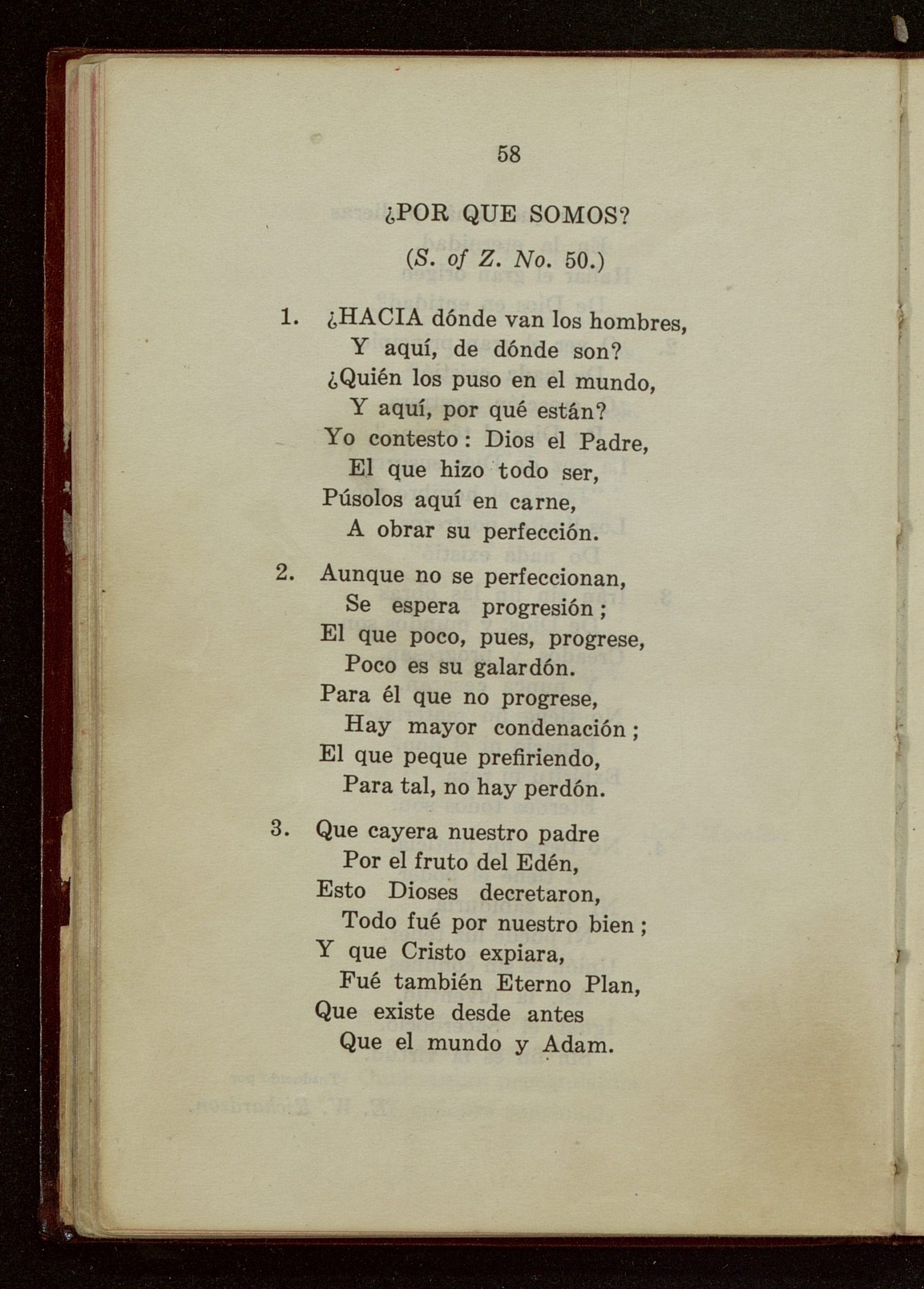
¿Por qué somos?: Mexican Mission Hymns, Part 5
Our Father knows and loves His children all over the world, from Boston to Okinawa, from San Antonio to Spain, from Italy to Costa Rica. In Ghana, President Gordon B. Hinckley recently thanked the Lord “for the brotherhood that exists among us, that neither color of skin nor land of birth can separate us as…
-
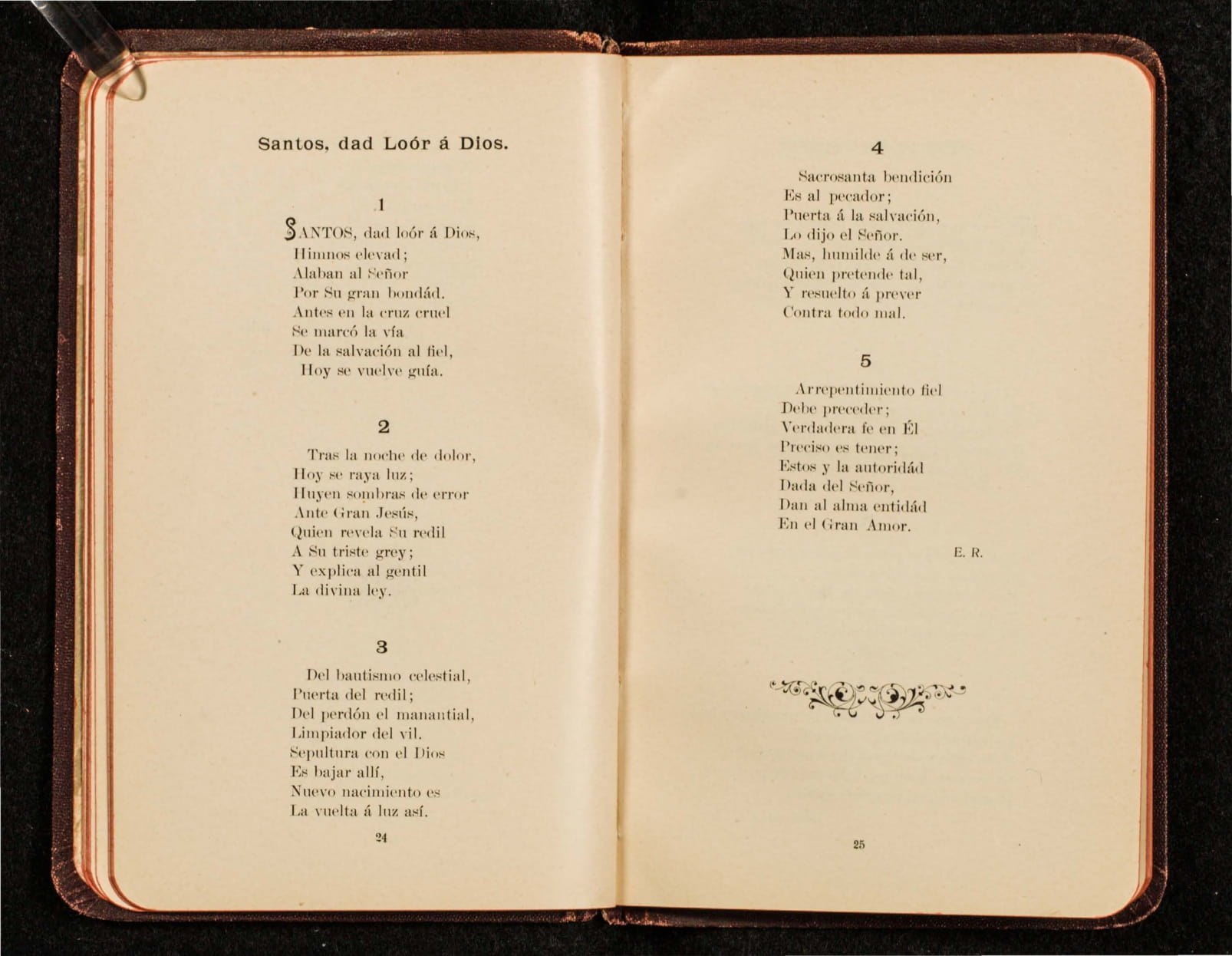
Santos, Dad Loor á Dios: Mexican Mission Hymns, Part 4
What greater power can you acquire on earth than the priesthood of God? What power could possibly be greater than the capacity to assist our Heavenly Father in changing the lives of your fellowmen, to help them along the pathway of eternal happiness by being cleansed of sin and wrongdoing?[1] ~Adrián Ochoa Note: This…
